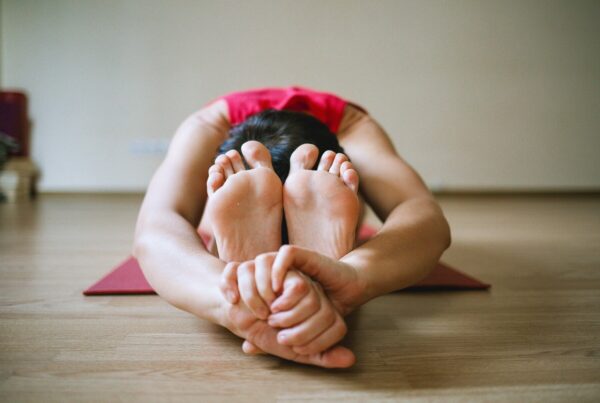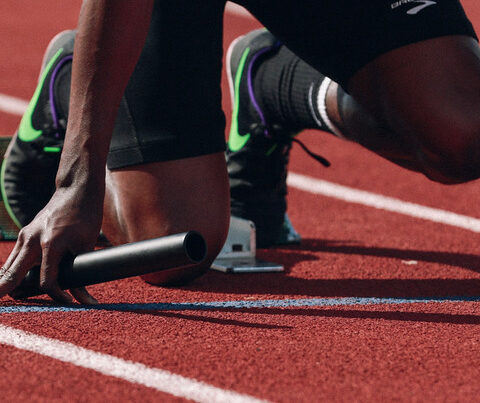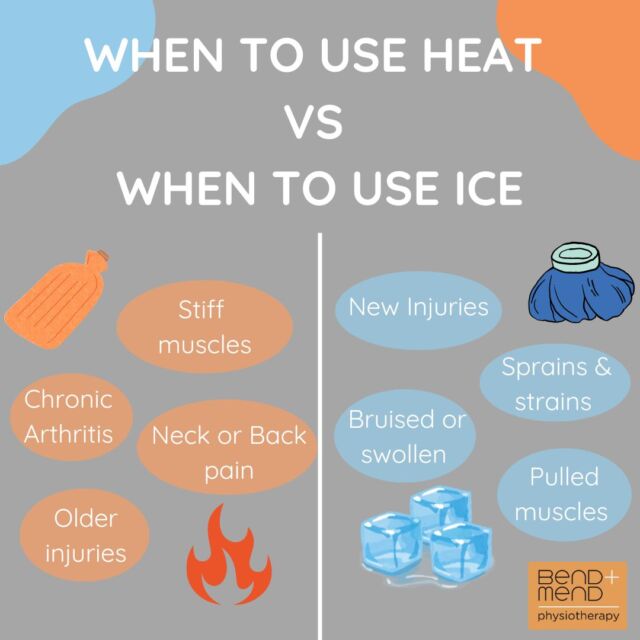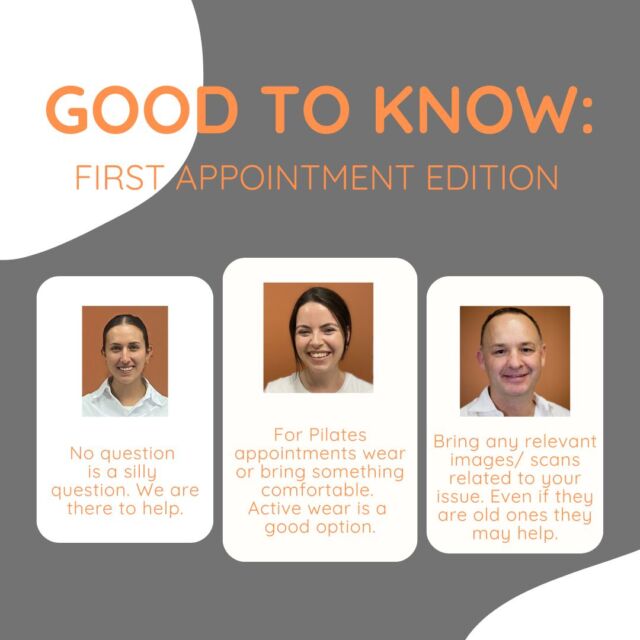What is Hallux Limitus/Rigidus?
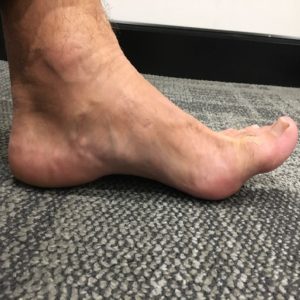 Hallux (big toe) limitus is a condition of the joint at the base of the big toe called the first metatarsophalangeal joint (1st MTP joint). It causes pain and stiffness, most notably a reduction in dorsiflexion (bending toe upwards) range of motion and is often due to osteoarthritis at the joint. ‘Hallux rigidus’ refers to the final stage of hallux limitus as ankylosis (fusion of the bones) of the joint occurs.
Hallux (big toe) limitus is a condition of the joint at the base of the big toe called the first metatarsophalangeal joint (1st MTP joint). It causes pain and stiffness, most notably a reduction in dorsiflexion (bending toe upwards) range of motion and is often due to osteoarthritis at the joint. ‘Hallux rigidus’ refers to the final stage of hallux limitus as ankylosis (fusion of the bones) of the joint occurs.
The predominant role of the hallux or big toe through our walking cycle is to enable dorsiflexion during the push off phase (as the toe is leaving the ground). Around 60 degrees of dorsiflexion of the 1st MTP joint is required for normal walking function, any less than this can lead to issues with walking and potentially cause problems further up the kinetic chain i.e. in the knees/hips/back.
Causes of Hallux Limitus
- Trauma causing cartilage damage
- Excessive pronation (foot rolling inwards)
- Constant weight bearing through the 1st MTP in a dorsiflexed position e.g. On your toes in a deep squat position
- Rheumatoid arthritis, psoriatic arthritis, gout
Signs and Symptoms
Early
- Pain and stiffness in the big toe during walking, standing, running, jumping
- Pain and stiffness that is worse in cold weather
- Swelling and inflammation around the joint
Late stage
- Pain at rest
- Difficulty wearing shoes
- Pain at other joints knees/hips/back due to altered gait cycle
- Distinct shoe wear pattern – sole wear between the first and second toe joint
Diagnosis
A diagnosis can usually be made during a clinical examination by your doctor or Physiotherapist. In some cases, they may request an X-ray to assess the degree of degeneration at the joint.
Treatment
Rest- Conservative management consists of an initial offload period whereby you must rest from any aggravating activities.
Medication- Oral non steroidal anti-inflammatory drugs (NSAIDS) eg. Ibuprofen can help to reduce pain and inflammation
Physiotherapy- Your Physio will assess you and provide hands on treatment and exercises to help with mobility, strength and pain.
If you are suffering from toe pain come and see our experienced Physiotherapists here at Bend + Mend in Sydney’s CBD. We will assess your pain and give you a comprehensive management programme to ensure optimal treatment and recovery.
